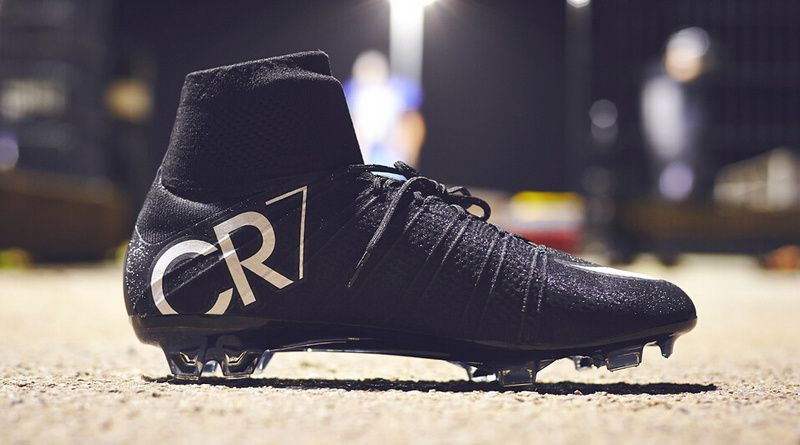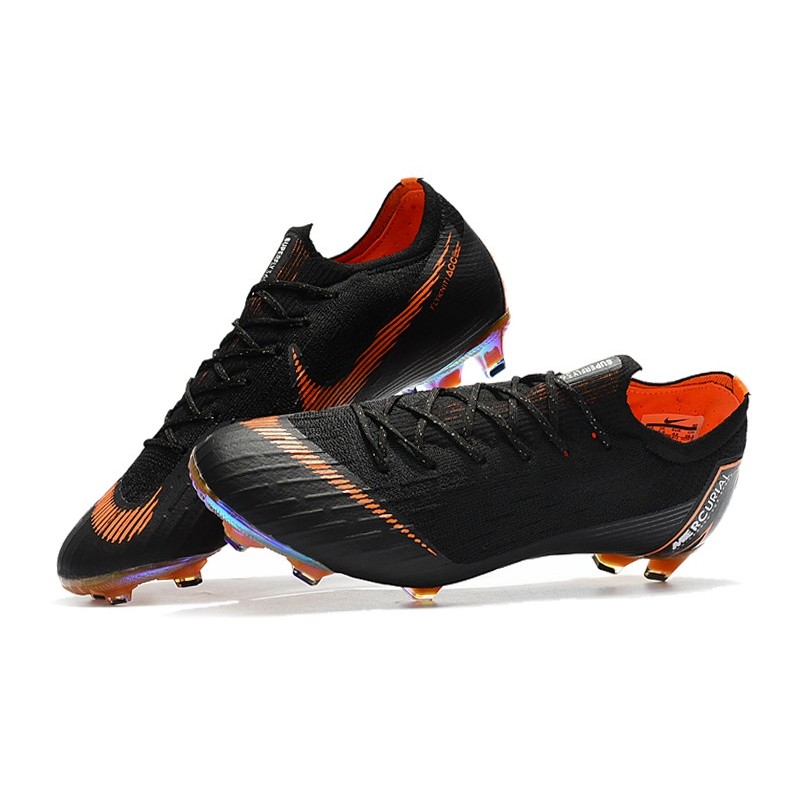
However, talking about it helps us prevent getting it, and helps treat it later on.


It’s gross and you don’t want to talk about it I get it. After taking sometime off of the sprain, taping up will help prevent the injury from worsening and limit the extension of the joint when you push off again. Luckily, this sprain won’t take you out for the season and simply involves several icing sessions. It’s often occurs when playing on turf, from flat feet, or soft cleats. The sprain affects the metatarsophalangeal joint when a soccerista propels off the big toe as they change directions. Turf toeĪ sudden change in direction can cause a multitude of injuries, and turf toe is just one of the many sprains to come from the action. The nail should fall off on its own, but will need to be protected while playing until a new nail replaces the old. Don’t worry, it’s generally a painless procedure and will relieve the pain under the nail quickly. It is recommended you see a physician who will put a small hole in your nail to allow the blood to leak out. The fun part begins once the pressure has built, as treatment for the injury often results in “drilling” a hole into the nail. Within 24 hours, pain should occur from the pressure building up from blood under the nail. It results in a beautiful black and blue discoloration from the hurt blood vessel. Probably the most common injury any soccerista will undergo is a bruised toenail, since it can be caused by pretty much everything - usually from being stepped on. However, some of the most common problems we face in soccer cause less obvious pain. It’s easy to forget to take time to treat yourself if you’re not in severe pain.

As a soccerista, you collide with others, slide straight into opposing players, and even are stepped on during the chaos of the beautiful game.


 0 kommentar(er)
0 kommentar(er)
